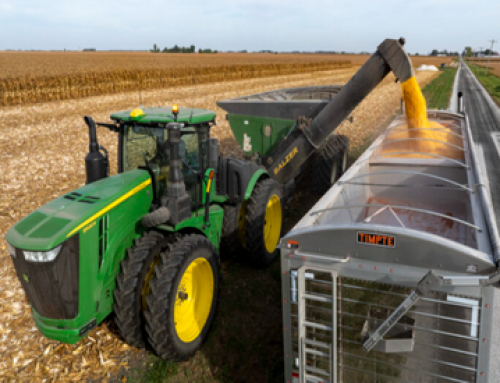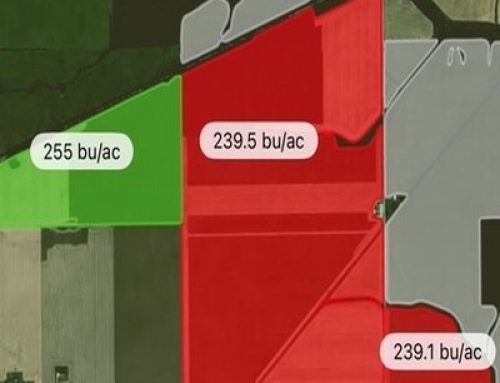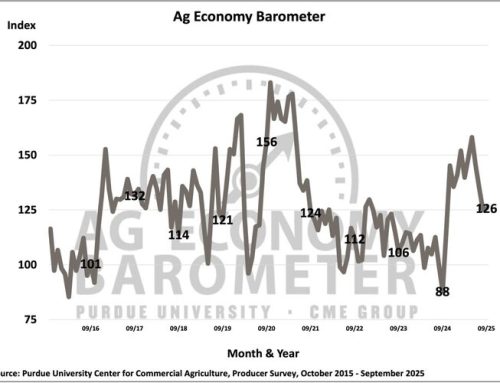Feed & Grain Times reports:
In a groundbreaking achievement, scientists, led by University of Nebraska-Lincoln researcher James Schnable, have successfully mapped the complete genome of corn. This milestone development promises to revolutionize the future of agriculture, offering invaluable insights into crop health, resilience, and productivity.
Published recently in the prestigious journal Nature Genetics, the study titled “A Complete Telomere-to-Telomere Assembly of the Maize Genome” represents a significant leap forward in the field of genetics, coming on the heels of the human genome’s complete mapping just a year ago.
The corn genome, due to its sheer size and complexity, has long posed a formidable challenge for scientists seeking to decode its genetic makeup. Over the years, technology has made strides in this area, with the first draft of the corn genome emerging in 2009. However, numerous gaps remained, comprising over 100,000 unresolved genetic sequences.
James Schnable, the Charles O. Gardner Professor of Agronomy, explained, “Our team drew on the latest technology, plus the particular expertise of the individual team members, and that finally made possible the mapping of the complete corn genome.”
A significant aspect of this achievement was the resolution of complex genetic regions containing nearly identical paralogs – genes that are so similar they were previously indistinguishable. Corn’s genetic repetition presents an extraordinary challenge, with vast stretches of genetic material intermingled, making it difficult to pinpoint individual gene functions.
To read the entire report click here.




